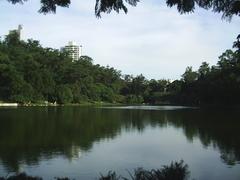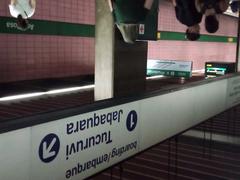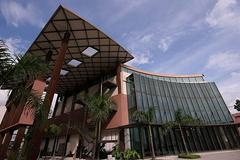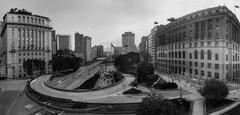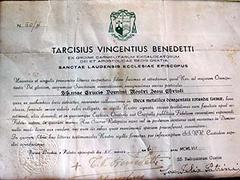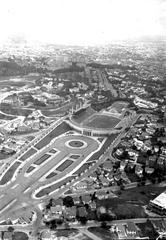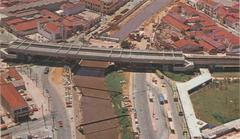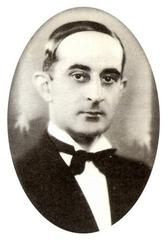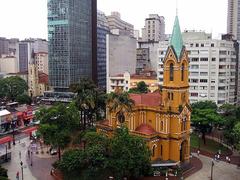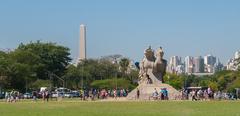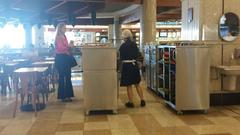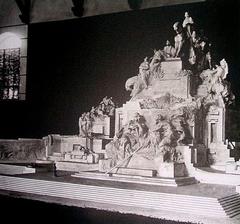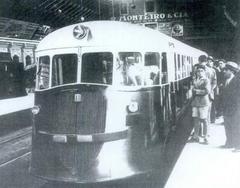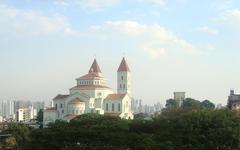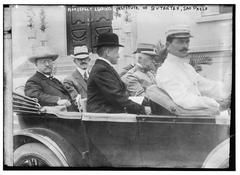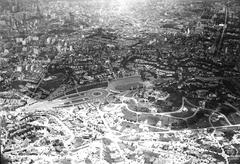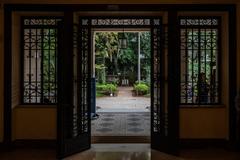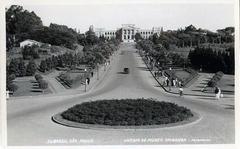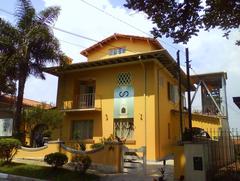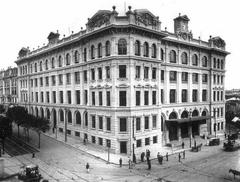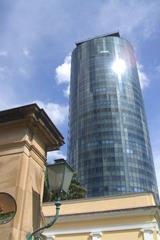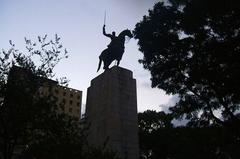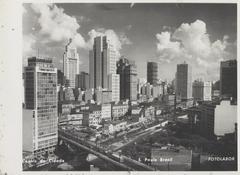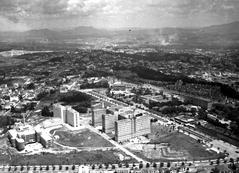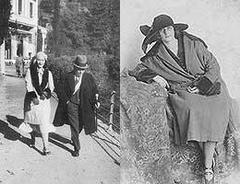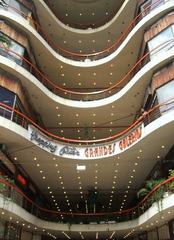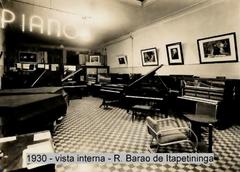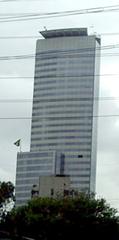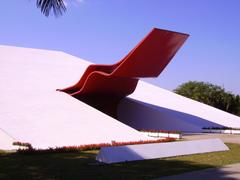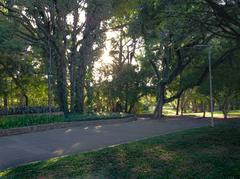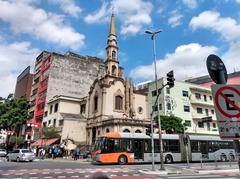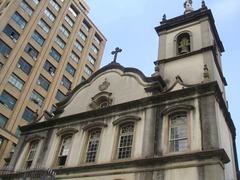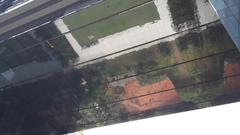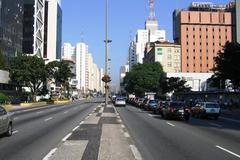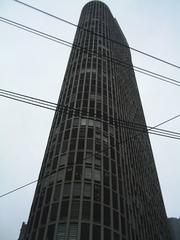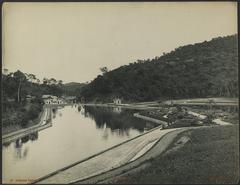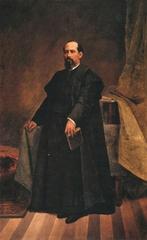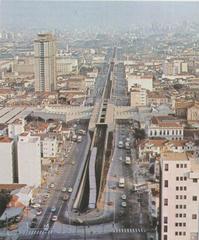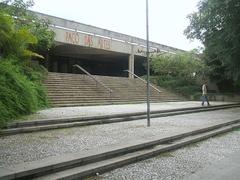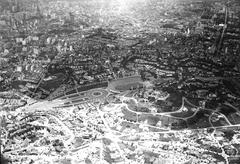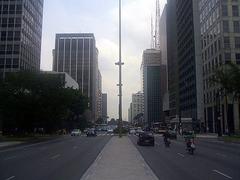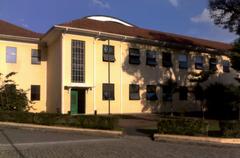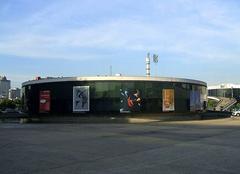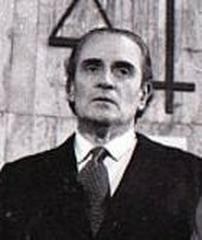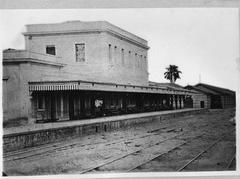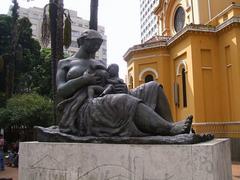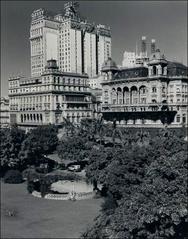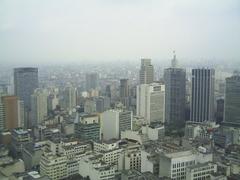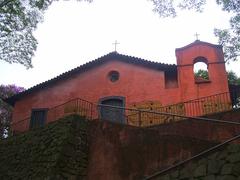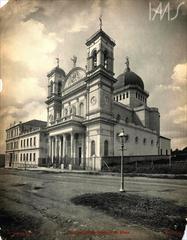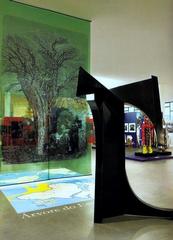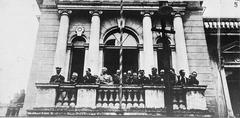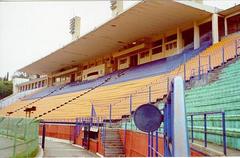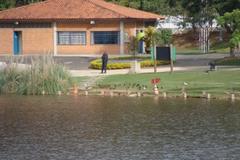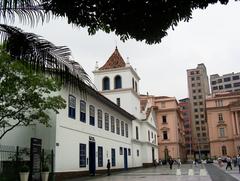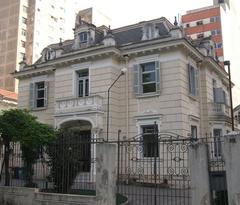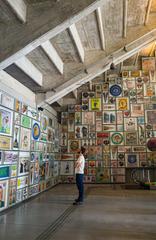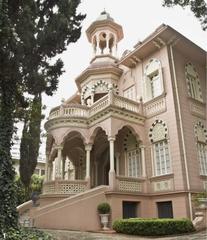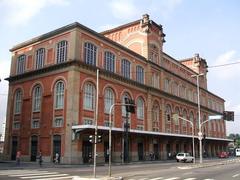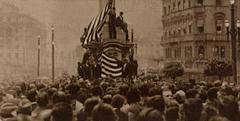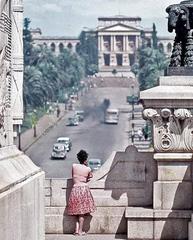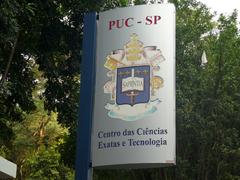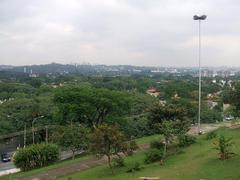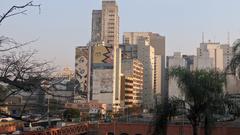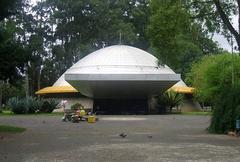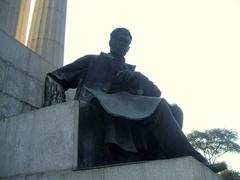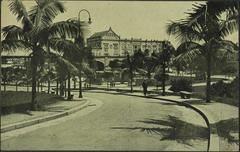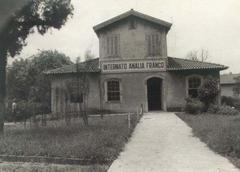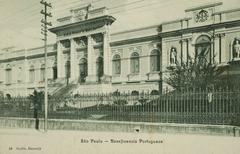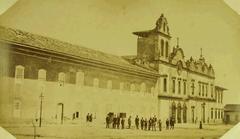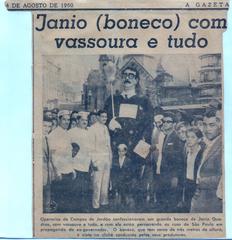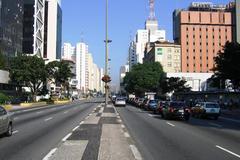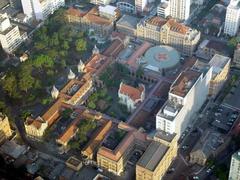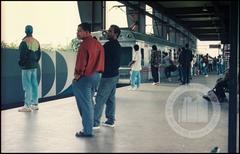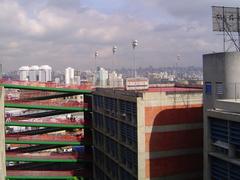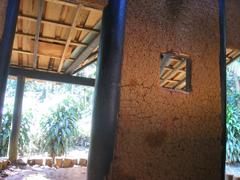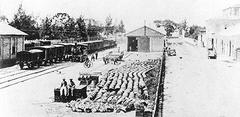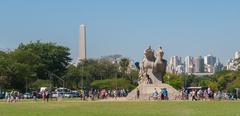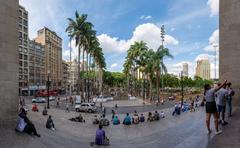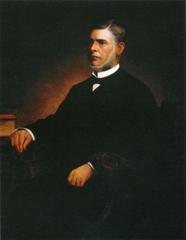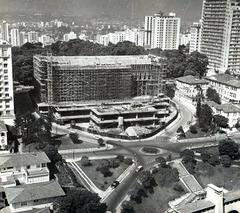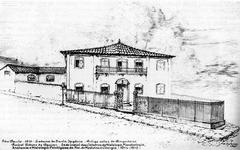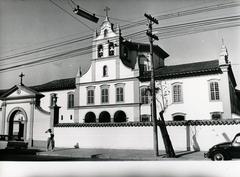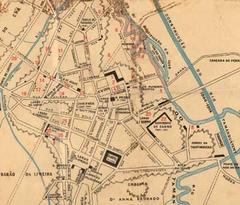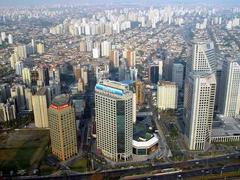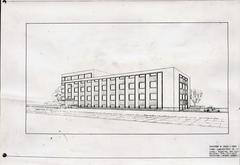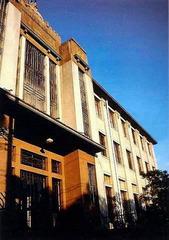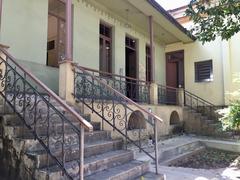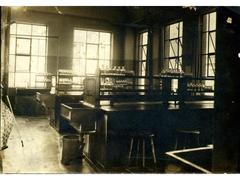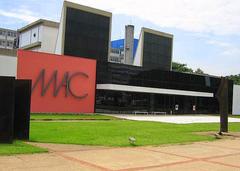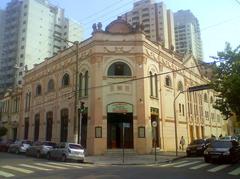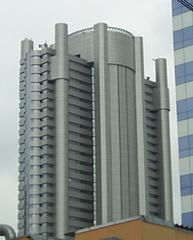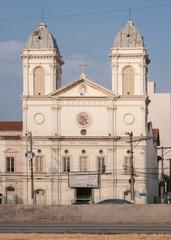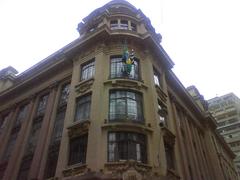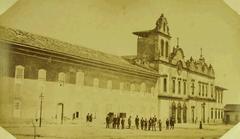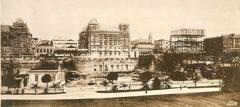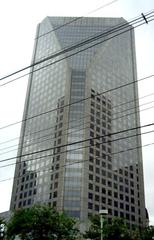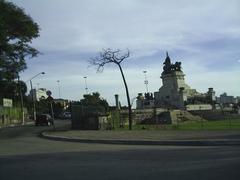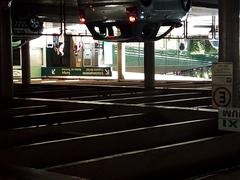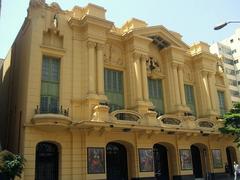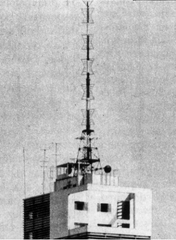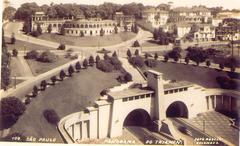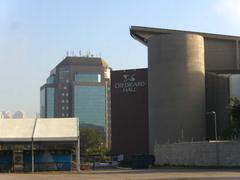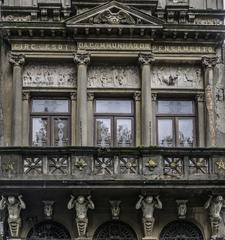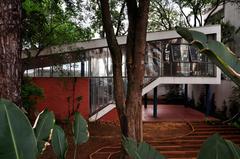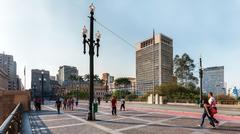Palácio dos Cedros Visiting Hours, Tickets, and São Paulo Historical Sites Guide
Date: 14/06/2025
Introduction
Palácio dos Cedros, also known as Palacete Basílio Jafet, is one of São Paulo’s most exquisite historical sites, embodying the city’s rich cultural and architectural heritage. Nestled in the historic Ipiranga district, this stunning mansion offers visitors a glimpse into early 20th-century opulence, immigrant legacy, and São Paulo’s transformation into a bustling metropolis. This comprehensive guide covers everything you need to know about Palácio dos Cedros, including its history, architectural significance, visiting hours, ticketing, accessibility, nearby attractions, and tips for making the most of your visit.
Historical Background
Origins and Construction
Commissioned in the 1920s by Basílio Jafet, a prominent Lebanese-Brazilian industrialist and philanthropist, Palácio dos Cedros reflects São Paulo’s rapid urbanization and the rise of an affluent industrial elite. The mansion’s name pays homage to the cedar tree, a national symbol of Lebanon, highlighting the Jafet family’s heritage. Strategically situated in Ipiranga, then becoming a fashionable neighborhood for the city’s elite, the mansion symbolizes cultural pride and social status.
Architectural Influences and Features
Palácio dos Cedros showcases an eclectic style incorporating Oriental, Baroque, and Classical elements. Its grand facades, imposing columns, ornate cornices, and symmetrical design embody classical ideals of balance. Inside, visitors can admire high ceilings, marble floors, hand-painted murals, and imported materials like Italian marble and French stained glass. The European-style gardens with manicured lawns, fountains, and exotic plants further enhance the mansion’s grandeur.
Historical Context and the Jafet Family Legacy
The mansion was built during a pivotal era of economic growth fueled by coffee exports, industrialization, and immigration. The Jafet family significantly contributed to São Paulo’s modernization through their textile enterprises and philanthropy, funding schools, hospitals, and cultural institutions. Palácio dos Cedros served not only as a private residence but also as a hub for social, cultural, and charitable events, symbolizing the immigrant community’s impact on the city’s identity.
Visiting Palácio dos Cedros
Visiting Hours and Tickets
Palácio dos Cedros operates primarily as an event venue but offers opportunities for public visits. Guided tours and public access are available on select days, often coinciding with cultural programs or special exhibitions. It is recommended to check the official event platforms or local cultural guides for the latest visiting hours and ticket information. Tickets are typically required for tours and special events, with prices varying depending on the occasion.
How to Book Tickets and Tours
Visitors can book tickets online through official event websites or purchase them on-site when available. For group tours or special requests, contacting the venue management in advance is advised to ensure availability.
Accessibility and Transportation
Palácio dos Cedros is accessible via public transportation, with bus routes serving the Ipiranga district. Visitors arriving by car can find parking nearby, though availability may be limited during events. The mansion and its grounds are partially adapted for visitors with mobility challenges; however, it is best to inquire ahead regarding specific accessibility accommodations.
Travel Tips and Prime Photographic Spots
The mansion’s ornate facades, grand staircases, and beautifully maintained gardens offer excellent photo opportunities. Early morning or late afternoon visits provide the best natural lighting. Nearby cafes and shaded areas in the gardens make for pleasant rest stops during your visit.
Surrounding Attractions
Located near the Museu do Ipiranga and Parque da Independência, Palácio dos Cedros is part of a rich historical and cultural corridor. Visitors can explore these landmarks to deepen their understanding of Brazilian independence and São Paulo’s heritage. The synergy between these sites makes the Ipiranga district a compelling destination for history enthusiasts.
Cultural and Social Significance
As one of the few surviving early 20th-century palatial residences in São Paulo, Palácio dos Cedros offers unique insights into the city’s elite lifestyles and immigrant contributions. Its role as a cultural venue hosting concerts, art exhibitions, and community gatherings keeps it vibrant and accessible, bridging past and present.
Preservation Efforts
Protected under municipal heritage regulations, the mansion undergoes regular restoration to preserve its architectural integrity. These efforts ensure that original features like woodwork, stained glass, and decorative plasterwork remain intact for future generations.
Notable Events and Modern Usage
Palácio dos Cedros frequently hosts high-profile events including classical music concerts, themed galas, and art installations. These activities support the mansion’s upkeep while enriching São Paulo’s cultural scene.
Frequently Asked Questions (FAQ)
Q: What are the Palácio dos Cedros visiting hours? A: Visiting hours vary depending on scheduled events and tours. It is best to check official websites or contact the venue directly for current information.
Q: Are there tickets required to enter Palácio dos Cedros? A: Tickets are typically required for guided tours and special events. Some events may offer free entry.
Q: Is Palácio dos Cedros wheelchair accessible? A: The mansion offers partial accessibility; visitors with specific needs should contact the venue in advance.
Q: How can I book a guided tour? A: Tours can be booked online via official platforms or by contacting the venue’s management.
Q: What transportation options are available to reach Palácio dos Cedros? A: The site is accessible by bus and car, with limited parking nearby.
Q: Are there other historical sites near Palácio dos Cedros? A: Yes, Museu do Ipiranga and Parque da Independência are nearby and highly recommended.
Conclusion
Palácio dos Cedros stands as a captivating symbol of São Paulo’s architectural grandeur and immigrant heritage. Whether you are a history buff, architecture enthusiast, or cultural traveler, a visit to this São Paulo historical site promises a rich and memorable experience. Be sure to plan your visit by checking the latest information on visiting hours, tickets, and events to fully enjoy what this landmark offers.
For more detailed updates and booking information, visit the official event platforms and local cultural guides.
Visuals and Media
Visitors are encouraged to view high-quality images and virtual tours available through official websites and cultural portals to preview the mansion’s stunning architecture and gardens.
Summary of Key Historical Facts
- Construction period: 1920s
- Original owner: Basílio Jafet, Lebanese-Brazilian industrialist
- Architectural style: Eclectic, with Oriental, Baroque, and Classical influences
- Notable features: Imported materials, grand gardens, ornate interiors
- Historical uses: Private residence, social and cultural events, public venue
- Heritage status: Protected under municipal regulations
- Current use: Event venue, occasional public access for tours and cultural programs
Internal Links
Call to Action
Plan your visit to Palácio dos Cedros today! Follow us on social media for the latest event announcements and exclusive content. Download the Audiala app for guided audio tours and enhanced visitor experiences at São Paulo’s magnificent historical sites.
